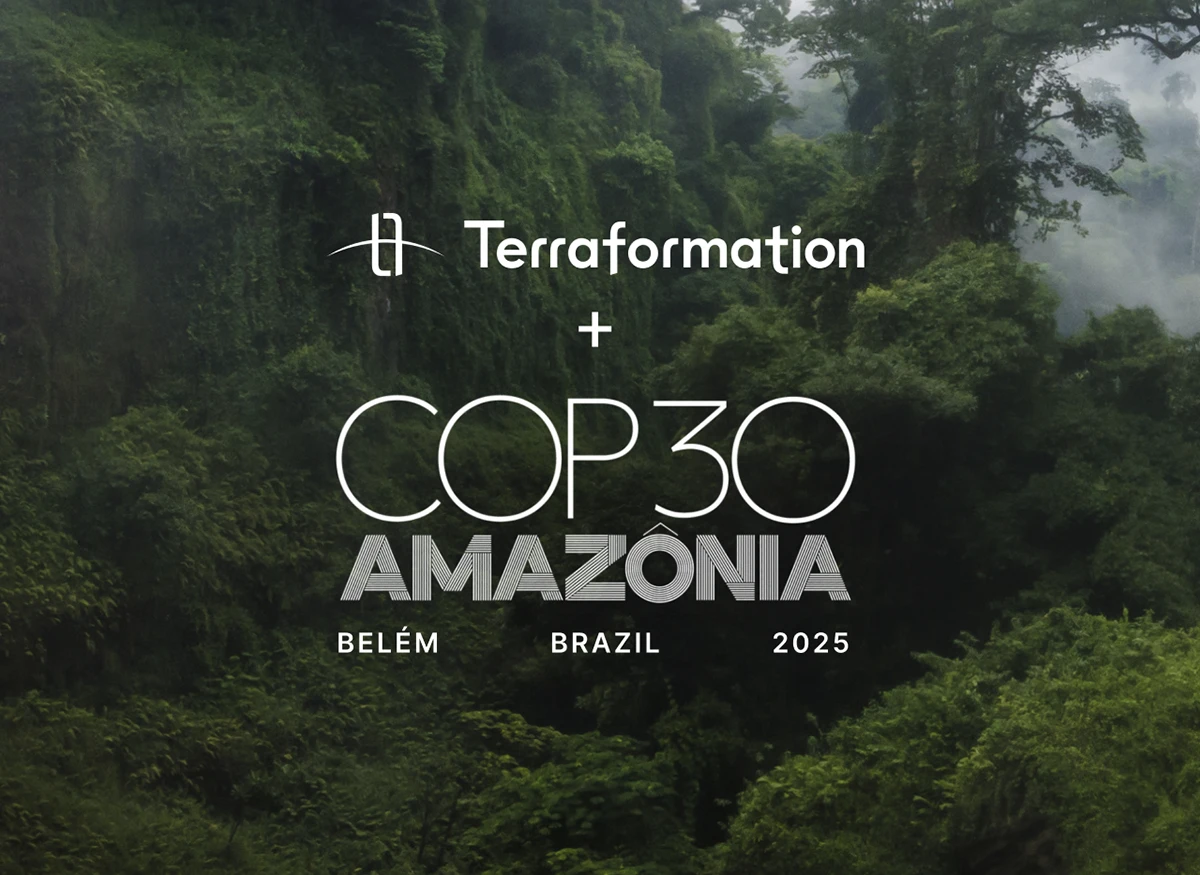Thriving Together: Restoring Forests, Revitalizing Communities

The importance of forests for biodiversity and our climate is well established, but the deep connections between native forests and human communities have not received nearly enough attention. Worldwide, over 1.6 billion people are dependent on forests for their most basic needs, including food, livelihoods, and fuel. This adds a human dimension to the urgency to protect and restore our planet’s forests, and also highlights the potential to help communities thrive through forest restoration.
In myriad ways, forests play a vital role in promoting the well-being and resilience of local populations. Through our work with dedicated partner organizations, Terraformation has witnessed firsthand how forest restoration projects create a multitude of community benefits, fostering economic development, environmental sustainability, and social well-being.
New employment opportunities in local communities
One of the immediate benefits of forest restoration is the creation of alternative employment opportunities for local communities. Forest restoration projects tend to be located near low-income communities, often in areas that were cleared for economic gains in the first place. Successful projects recognize the importance of direct local employment and have made job creation a cornerstone of their initiatives.
At a reforestation site in Kenya, for example, Eden Reforestation Projects employs over 800 local people in full-time roles ranging from nursery management and tree planting to forest monitoring and operational support. And in Tanzania, the Kilimanjaro Project provides jobs to hundreds of community members during the planting season and throughout the vulnerable early stages of tree growth. By promoting the cultivation of fruit trees, vanilla, and honey, this project redirects resources toward sustainable income-generating activities that alleviate pressure on forests and enhance local livelihoods.
Balancing the needs for forests and food
In areas where deforestation has been driven by agriculture, either for local consumption or sale income, forest restoration initiatives can only succeed when they incorporate viable alternatives. The beauty of agroforestry is that it allows for the production of non-timber forest products, such as fruits, nuts, honey, and medicinal plants, while maintaining some of the ecosystem services that natural forests provide. In this way, agroforestry contributes to poverty eradication and community health improvement, as well as reduced development pressure on remaining natural forests.
Centre for Ecosystem Restoration Kenya (CERK) is restoring the biodiversity of native forests while actively involving communities in the cultivation and gathering of forest resources. Through training programs in seed collection and agroforestry techniques, community members are equipped and motivated to generate sustainable income and improve their quality of life. These initiatives not only strengthen food security but also deepen local ownership and commitment to safeguarding ecosystems for future generations.
Clean water, safe passage
Forests serve as natural water catchments, regulating water flow, filtering pollutants, and replenishing underground aquifers. In partnership with Hope Ministries, Terraformation financed the construction of six tree nurseries in Malawi. The resulting biodiverse forests are restoring watersheds, countering rapid tree loss, and creating sustainable jobs for local people. The project has also improved access to clean, safe, and reliable drinking water, which had been damaged by the effects of deforestation on local microclimates and streams.
Deforestation also creates unwelcome opportunities for human–wildlife conflict. When forest clearing destroys natural habitats and traditional animal migration paths, the disorientation of forest-dwelling animals — particularly elephants — places human and animal communities at odds. Organizations such as Saving Africa’s Nature are taking steps to address this conflict by incentivizing long-term conservation efforts through community engagement.
The future of local communities will decide the future of forests
Whether forests stand, fall, or rise again is dependent upon how they are viewed by the people who interact with them most closely. Strong community engagement and equitable benefits are the foundation for long-term forest management. Attempting to restore a forest without including the local community in the project plans is just as short-sighted as cutting down a forest for one-time profits.
If the people living in or near a new forest are paid by that forest, fed by that forest, and feel justly compensated while forgoing less sustainable alternatives, they are much more likely to actively work to ensure the forest remains intact. As such, the opposite is also true.
When we learn and create together, we realize even more positive impacts. By prioritizing people and the planet over power and wealth, while providing transparency at each step, everyone benefits. By working collaboratively, we can build resilient communities that thrive alongside the forests that sustain us — and heal our planet.
About the
Series:
Who Will Speak For The Trees?
At a time when human economic development is prioritized over the needs of nature, the Who Will Speak for the Trees? series features top reforestation leaders with a broad range of restoration expertise, including climate tech, monitoring, science, finance, media, and more. These diverse voices offer expert viewpoints to instill confidence in how humanity can support nature to deliver a forested future for all living things on Earth. Join us for this ongoing series to learn more about the science of reforestation and how restoring ecosystems is part of a comprehensive climate solution.
















